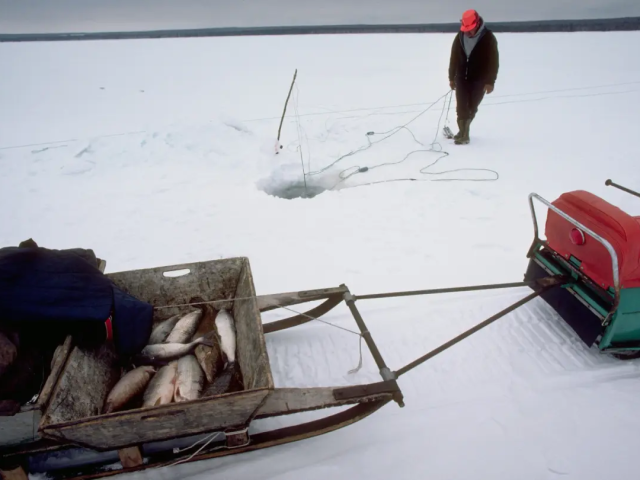Community Data Improves Great Lakes Ice Prediction Models

The Great Lakes Observing System (GLOS) has launched a community program asking ice fishing anglers and others on the Great Lakes to measure and report ice thickness and other conditions to support scientific research. This initiative aims to enhance ice modeling, which is critical for activities like commercial shipping, fishing, and safety measures. Ice thickness is difficult to measure from satellites, so local data is vital.
The program comes amid uncertainties caused by the Trump administration’s shifting policies, including a temporary freeze on federal funding that briefly affected GLOS’s ability to pay staff and fulfill contracts. Although funding was restored, concerns about potential cuts to NOAA (which partially funds GLOS) remain. Critics fear that cuts to NOAA could jeopardize critical public services like weather forecasting.
Despite these challenges, GLOS is moving forward with the project, which includes using community-collected data to improve ice prediction models and develop tools like a coastal safety app. The initiative is particularly urgent as climate change causes irregular ice coverage in the region. GLOS is cautious about data quality but believes that even estimates from experienced ice fishers will be valuable. The data will initially support ice modeling rather than being publicly released. GLOS hopes the project will unite stakeholders across political divides, emphasizing the importance of reliable data for decision-makers in the region.
Read the full story on Grist.
Photo Credit: James L. Amos / Getty Images
